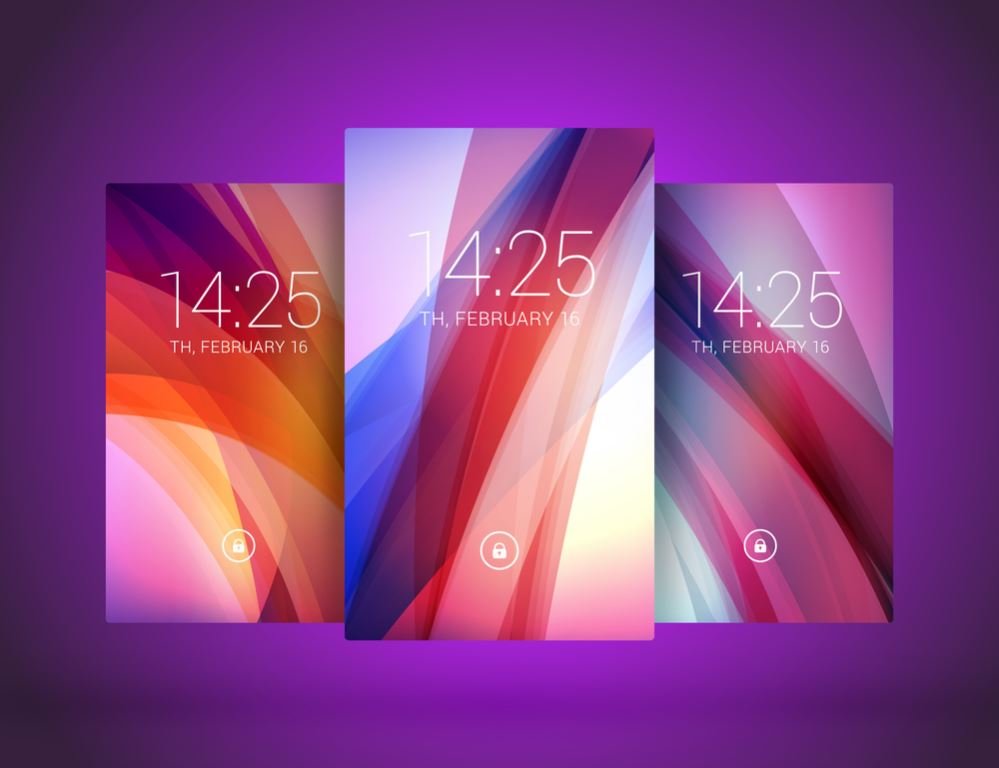In today’s modern world, where electricity is an essential part of our daily lives, power outages can be a major inconvenience. Inverters play a crucial role in providing backup power during such situations.
Inverters are electronic devices that convert direct current (DC) power from batteries or solar panels into alternating current (AC) power, which is used to run household appliances.
They are commonly used in homes, offices, and even recreational vehicles to ensure uninterrupted power supply. However, like any other electrical device, inverters can sometimes encounter issues, such as overload.
However, there are times when an inverter may experience overload, causing it to shut down.
In this article, we will explore the causes of inverter overload and provide step-by-step instructions on how to reset it.
Understanding Inverter Overload
1. What is an inverter?
An inverter is a device that converts DC power into AC power, allowing you to use your appliances even when the main power supply is unavailable. It acts as a backup power source, ensuring that essential devices like lights, fans, and refrigerators continue to function during power outages.
2. What causes inverter overload?
Inverter overload occurs when the power demand from connected appliances exceeds the inverter’s capacity. This can happen due to various reasons, such as connecting too many high-power appliances simultaneously or using appliances that consume more power than the inverter can handle. It’s important to note that each inverter has a specific power rating, which indicates the maximum load it can handle.
Signs of Inverter Overload
To identify whether your inverter is experiencing overload, there are a few signs you can look out for:
- Tripped circuit breaker: If the inverter’s circuit breaker trips frequently, it could be a sign of overload. The circuit breaker is designed to protect the inverter from excessive current flow, and when it detects an overload, it automatically shuts off the power supply.
- Overheating: Overloaded inverters may generate excessive heat. If you notice that your inverter feels unusually hot to the touch or emits a burning smell, it’s likely experiencing overload.
- Flickering lights: Inverters struggling with overload may cause lights connected to them to flicker or dim. This fluctuation in power supply indicates that the inverter is unable to meet the power demands of the connected appliances.
Steps to Reset Inverter Overload
If you encounter an inverter overload situation, follow these steps to reset it:
Step 1: Identify the problem
The first step is to identify the cause of the overload. Check if any appliances connected to the inverter are faulty or consuming excessive power. Disconnect all appliances from the inverter to ensure a fresh start.
Step 2: Disconnect the load
Once you have identified the problem, disconnect the load from the inverter. This will prevent any further damage to the inverter and allow it to reset properly.
Step 3: Reset the inverter
Locate the reset button on your inverter. Press and hold the reset button for a few seconds until you see the indicator lights on the inverter turn off and then back on. This indicates that the inverter has been successfully reset.
Step 4: Reconnect the load
After resetting the inverter, you can now reconnect the load. Start by connecting one appliance at a time, allowing the inverter to stabilize before adding more appliances. This will help prevent another overload situation.
FAQs
Q1. Can an inverter overload damage my appliances?
A1. No, an inverter overload is designed to protect your appliances from damage. When an overload occurs, the inverter shuts off the power supply to prevent any harm to the connected appliances.
Q2. How can I determine the power rating of my inverter?
A2. The power rating of an inverter is usually mentioned on its label or in the user manual. It is important to choose an inverter with a power rating that matches your power requirements.
Q3. Can I reset an inverter overload without disconnecting the load?
A3. It is recommended to disconnect the load before resetting an inverter overload. This ensures a clean reset and prevents any further damage to the inverter or appliances.
Q4. What should I do if my inverter continues to overload frequently?
A4. If your inverter frequently experiences overload, it may be a sign of an underlying issue. In such cases, it is advisable to consult a professional electrician or contact the manufacturer for assistance.
Q5. Can I use a power strip with my inverter?
A5. Yes, you can use a power strip with your inverter, but make sure to consider the power rating of both the inverter and the power strip. Ensure that the total power consumption of the connected appliances does not exceed the capacity of the inverter or the power strip.
Conclusion
Inverter overload can be a frustrating experience, but with the right knowledge and steps, it can be easily resolved. By understanding the causes of inverter overload and following the reset process outlined in this article, you can ensure that your inverter functions smoothly and provides uninterrupted power backup when you need it the most.




























































